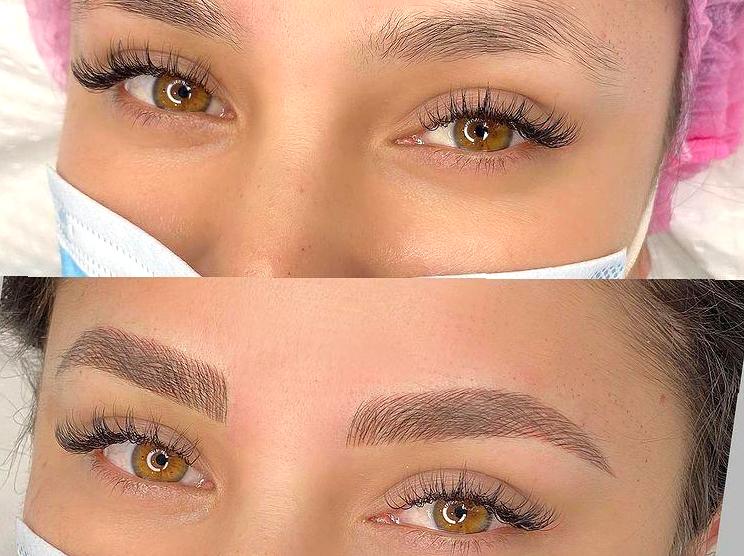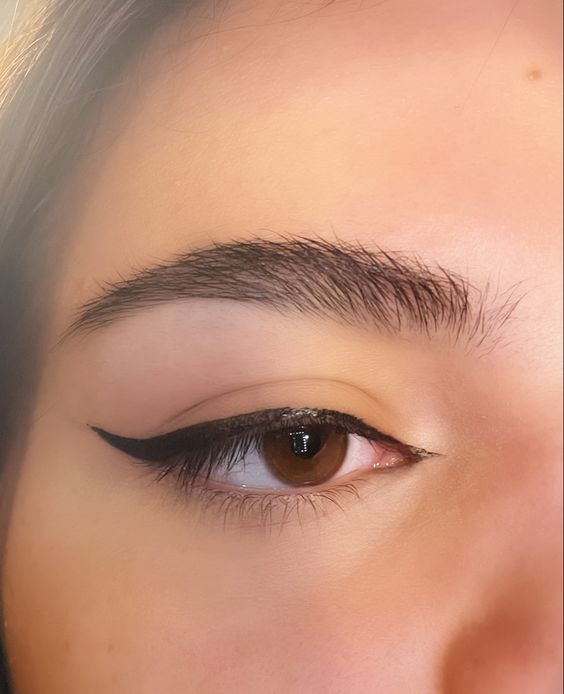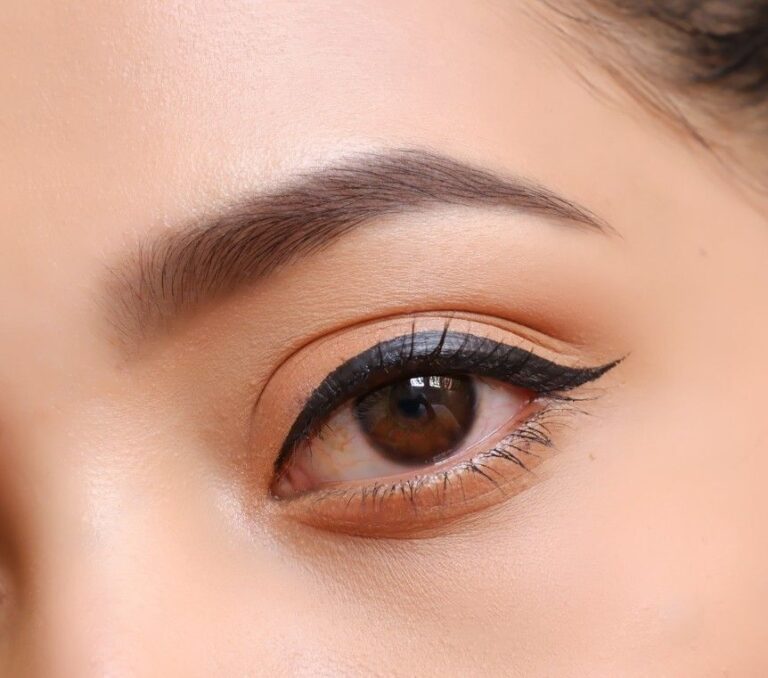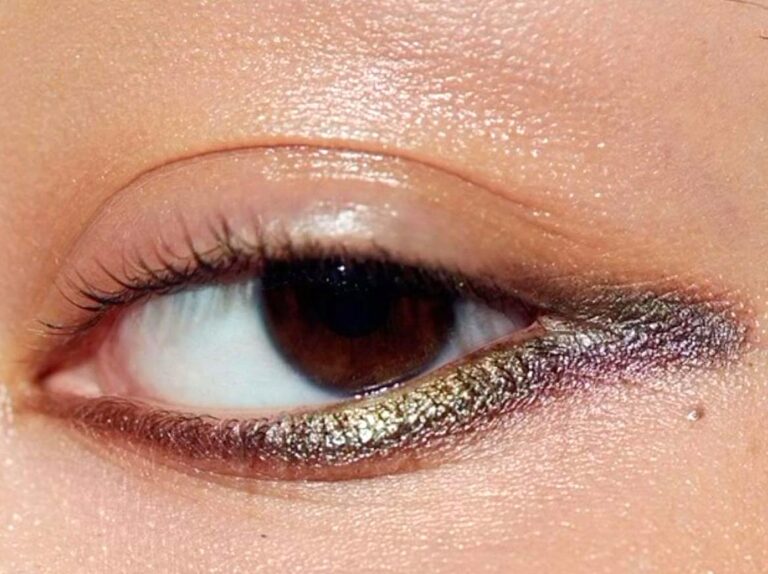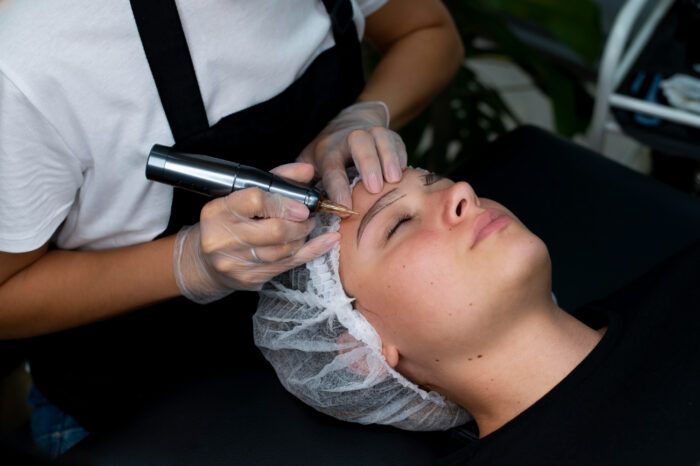When it comes to enhancing your eyebrows, both eyebrow feathering and microblading have gained significant popularity. These two techniques aim to create fuller, more defined brows, but they differ in method, longevity, and results. In this article, we’ll delve into the distinctions between eyebrow feathering and microblading, helping you make an informed choice tailored to your beauty needs.
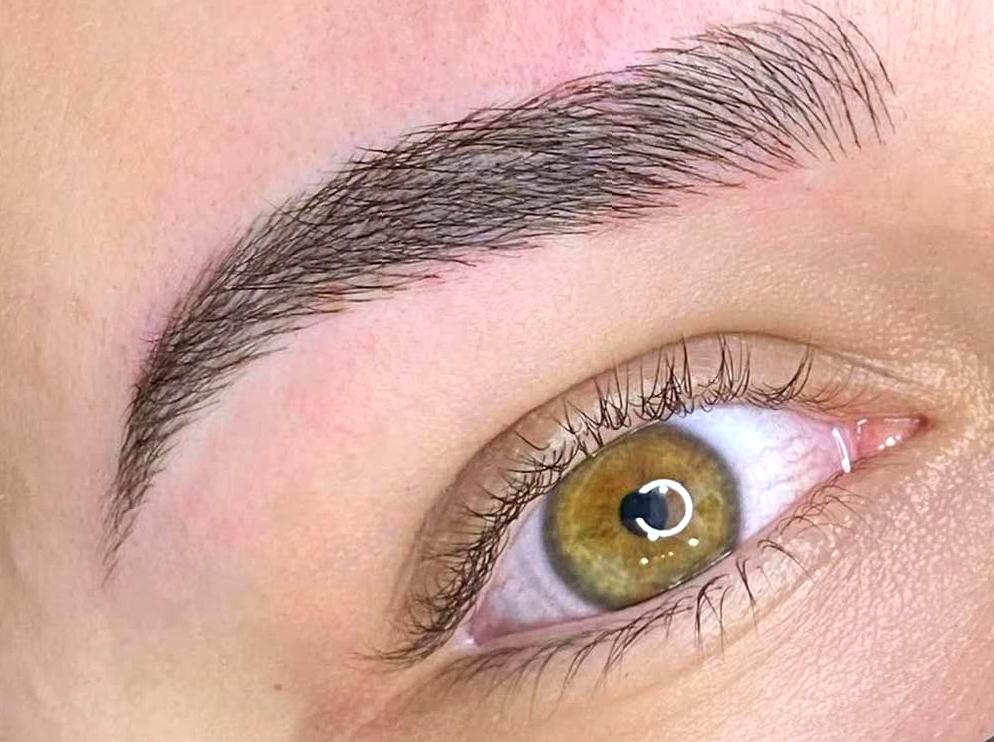
What is Eyebrow Feathering?
Eyebrow feathering is a semi-permanent makeup technique designed to mimic the appearance of natural hair strokes. This method involves using a specialized tool to apply pigment into the skin, creating fine, hair-like lines that seamlessly blend with your existing eyebrow hairs. The objective of eyebrow feathering is to achieve a soft, natural look that enhances fullness without appearing overly done. Since the process focuses on the hair’s direction, it results in a light and airy finish that many find appealing. Generally, eyebrow feathering is suitable for those with existing brow hairs, as it enhances their shape rather than creating a new structure. Additionally, this technique has a shorter lifespan compared to microblading and typically lasts around 1 to 2 years before needing a touch-up.
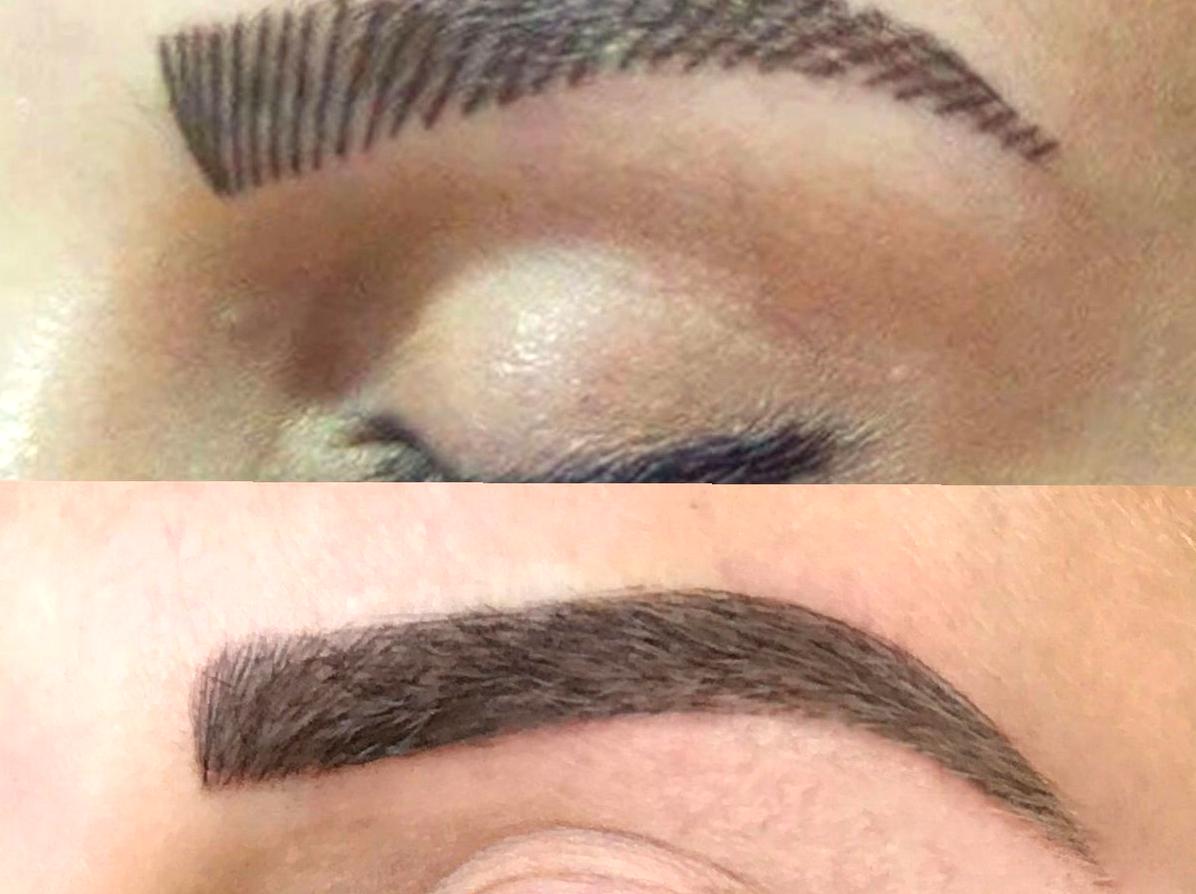
What is Microblading?
Microblading, on the other hand, is another form of semi-permanent makeup that involves a more intricate process compared to eyebrow feathering. This technique uses a hand-held tool with tiny blades to create precise hair strokes on the brow area. The pigment is implanted into the skin, but the strokes are more defined and darker than those created with feathering. Microblading usually appeals to individuals seeking a bolder, more dramatic look. Given its precision, it can also shape the brows more substantially, making it suitable for those with sparse or non-existent hair. Like eyebrow feathering, microblading typically lasts about 1 to 3 years, but the results can appear sharper and more pronounced initially, which may be desirable for specific preferences.
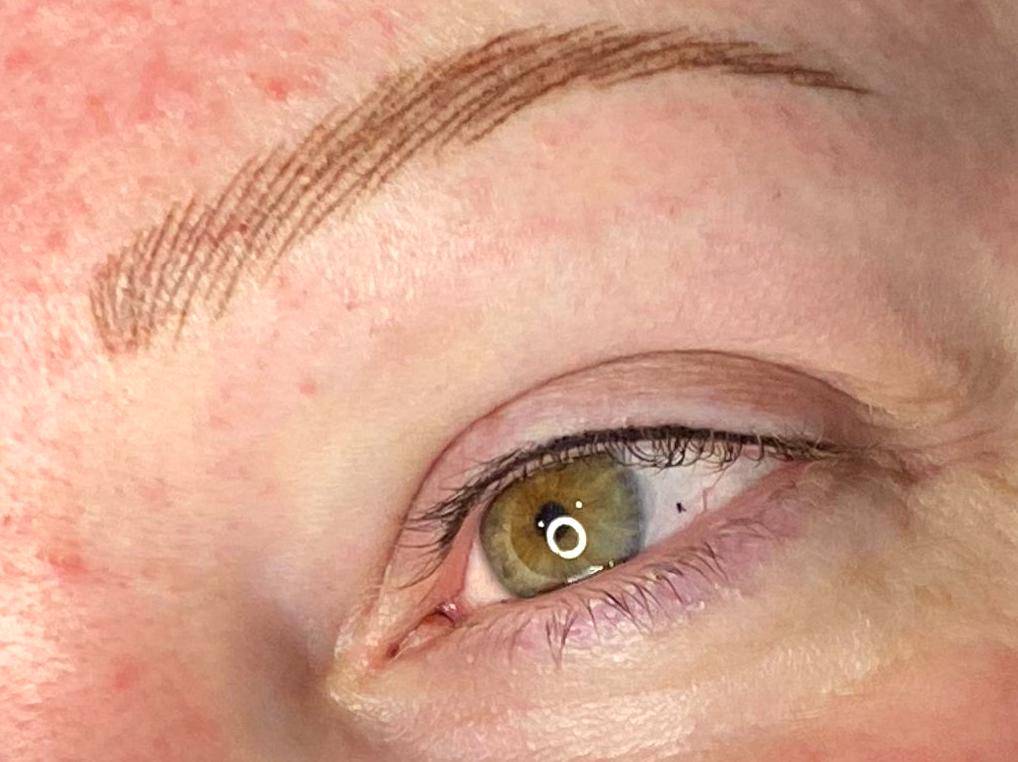
Key Differences Between Eyebrow Feathering and Microblading
Understanding the differences between these two techniques can help you choose the right one for your needs. Here’s a quick comparison:
- Technique: Feathering involves lighter strokes for a natural look, while microblading uses precise, defined strokes for a bolder appearance.
- Suitability: Feathering is best for those with existing hair, while microblading works well for individuals with sparse or no brow hairs.
- Longevity: Both techniques are semi-permanent, but feathering typically lasts 1-2 years, while microblading may last up to 3 years.
- Healing process: Healing for both techniques can vary; feathering generally has a quicker healing time than microblading.
- Desired look: Feathering emphasizes a soft, natural finish, whereas microblading delivers a more defined, dramatic brow.
Aftercare and Maintenance
Post-procedure care is crucial for both eyebrow feathering and microblading to ensure optimal results and longevity. Immediately following the procedure, you’ll notice some redness and mild swelling, which is completely normal. It is essential not to wet your eyebrows for at least a week, as moisture can disrupt the healing process and affect the pigment retention. Additionally, you should avoid applying makeup, especially on the brow area, for a few days to minimize irritation. Keeping the brows clean and moisturized with the given aftercare ointment will promote healing and enhance results. Most professionals recommend returning for touch-ups within 6 to 8 weeks after the initial appointment to perfect your look and ensure the pigment is settling correctly. Regular touch-ups afterward will maintain the color and shape you desire.

Cost and Availability
When considering semi-permanent makeup techniques, cost can often be a deciding factor. The price point for eyebrow feathering and microblading can vary based on the technician’s expertise, location, and the complexity of the procedure. Typically, microblading is more expensive due to the skill involved in creating intricate designs. Prices can range anywhere from $300 to $800 for both techniques, depending on your region and the artist’s reputation. It’s advisable to research and consult with multiple professionals to find a reasonable price that aligns with your budget while ensuring quality results. Many brow technicians also offer packages or discounts for repeat sessions which can help alleviate the long-term maintenance costs.
Conclusion
Ultimately, the choice between eyebrow feathering and microblading depends on your personal preferences, existing eyebrow condition, and desired outcomes. Both techniques have their unique advantages and can significantly enhance your appearance, but understanding their differences is essential for making the right decision. If you value a softer, more natural appearance, eyebrow feathering may be the ideal choice for you. On the other hand, if you desire a bold, defined brow structure, microblading could be the better option. Always consult with a certified technician to discuss your needs and ensure a safe, satisfactory experience.
FAQs
1. How long do the results last for eyebrow feathering and microblading?
Eyebrow feathering generally lasts about 1-2 years, whereas microblading may last up to 3 years, depending on skin type and aftercare.
2. Is one technique better for sensitive skin?
Both techniques can be performed on sensitive skin, but it’s essential to consult with the technician regarding any skin concerns prior to the procedure.
3. Can I undergo both treatments?
Yes, some people choose to combine both techniques for a customized look, but discussing your choice with a professional is crucial for optimal results.
4. How painful are these procedures?
Both procedures involve some discomfort, but professional technicians typically use numbing creams to minimize pain.
5. Can I remove semi-permanent makeup if I don’t like it?
Yes, there are removal techniques available, such as saline removal or laser treatments; consult with a professional if you are unsatisfied with the result.
